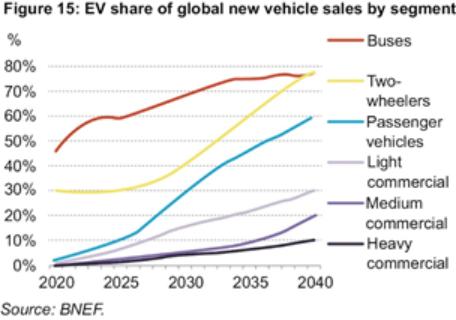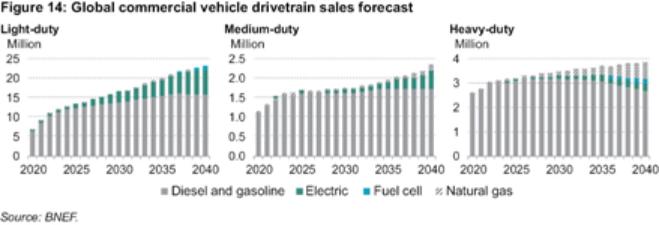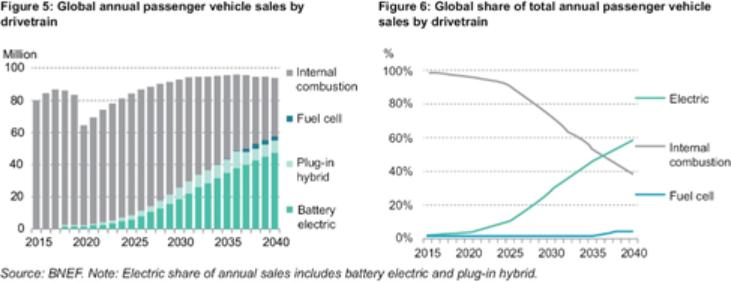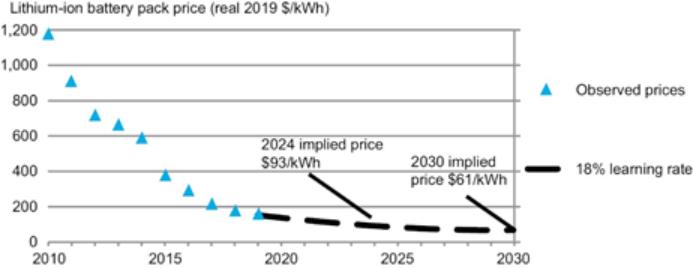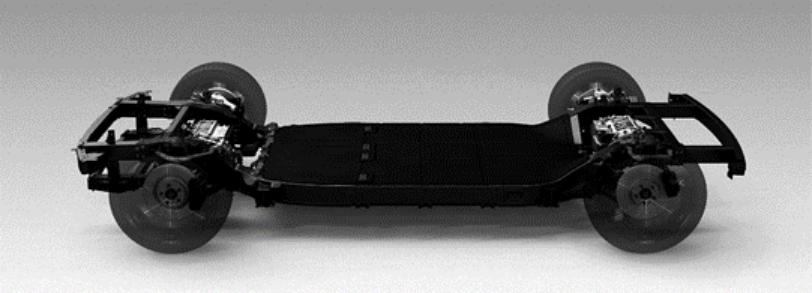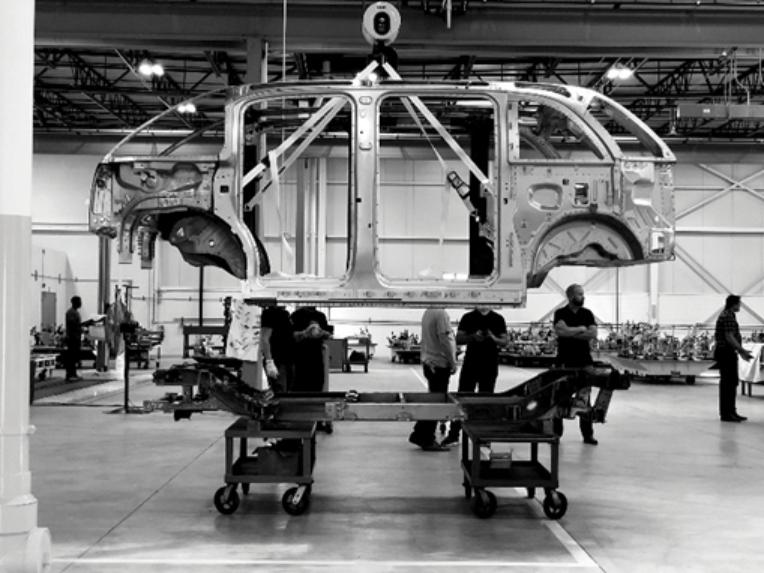As an emerging growth company, it is part of our core ethos to constantly innovate, and we view business transformation and growth as key factors of success. In transitioning from a private to public company, we are also working hard to mature our business by expanding our operations with recent hires of key personnel in areas such as manufacturing, software development and finance. In the coming year, we anticipate that we will broadly grow our sales and marketing efforts, evaluating the appropriate opportunities for both sales and/or subscription of our vehicles in new markets. Under the direction of our expanded public-company leadership team, we will continue build out a multi-faceted go-to-market strategy to optimize both financial return and customer experience in each of our target markets.

MARKET OPPORTUNITY
The demand for EVs is increasing rapidly among both B2C and B2B markets. In the passenger EV market in the United States, demand is expected to grow at a 26% CAGR from 2019 to 2028, according to EVAdoption, with particularly high rates of growth anticipated within urban areas. Likewise, as companies are increasingly pressured by both regulators, consumers, and environmental, social and governance stakeholders to reduce their carbon footprint, the adoption of EVs among businesses, including commercial delivery vehicles, is also expected to see a dramatic increase, and this shift is projected to be led by the light commercial vehicle segment, a significant initial target segment for us. The demand for EV light commercial vehicles in the United States, Europe and China is expected to grow at a 33% CAGR from 2019 to 2028, according to BloombergNEF.
B2B — COMMERCIAL VEHICLES
Significant Growth Anticipated in the Last-Mile Delivery Market
According to eMarketer, the North American e-commerce market is projected to grow at a 13% CAGR (2020 – 2022E), reaching approximately $1 trillion in scale by 2022. This has led to a comparable growth in-kind for the transportation services and logistics providers that support e-commerce. The growth and increase in efficiency of e-commerce has also resulted in a change in consumer expectations with e-commerce providers increasingly pushing from delivery of packages in two days to delivery provided within hours. This change is expected to result in an increase in demand for smaller delivery vehicles that can efficiently execute smaller volume and more frequent delivery routes. As a result, the last mile delivery market in North America is also expected to reach $51 billion in scale by 2022, riding a CAGR of 14% (2020 – 2024E), according to TechNavio. With relatively low EV penetration today, a significant growth opportunity exists with fleet owners needing to respond to the increasing pressure from consumers and regulatory bodies to reduce their carbon footprint.
11
